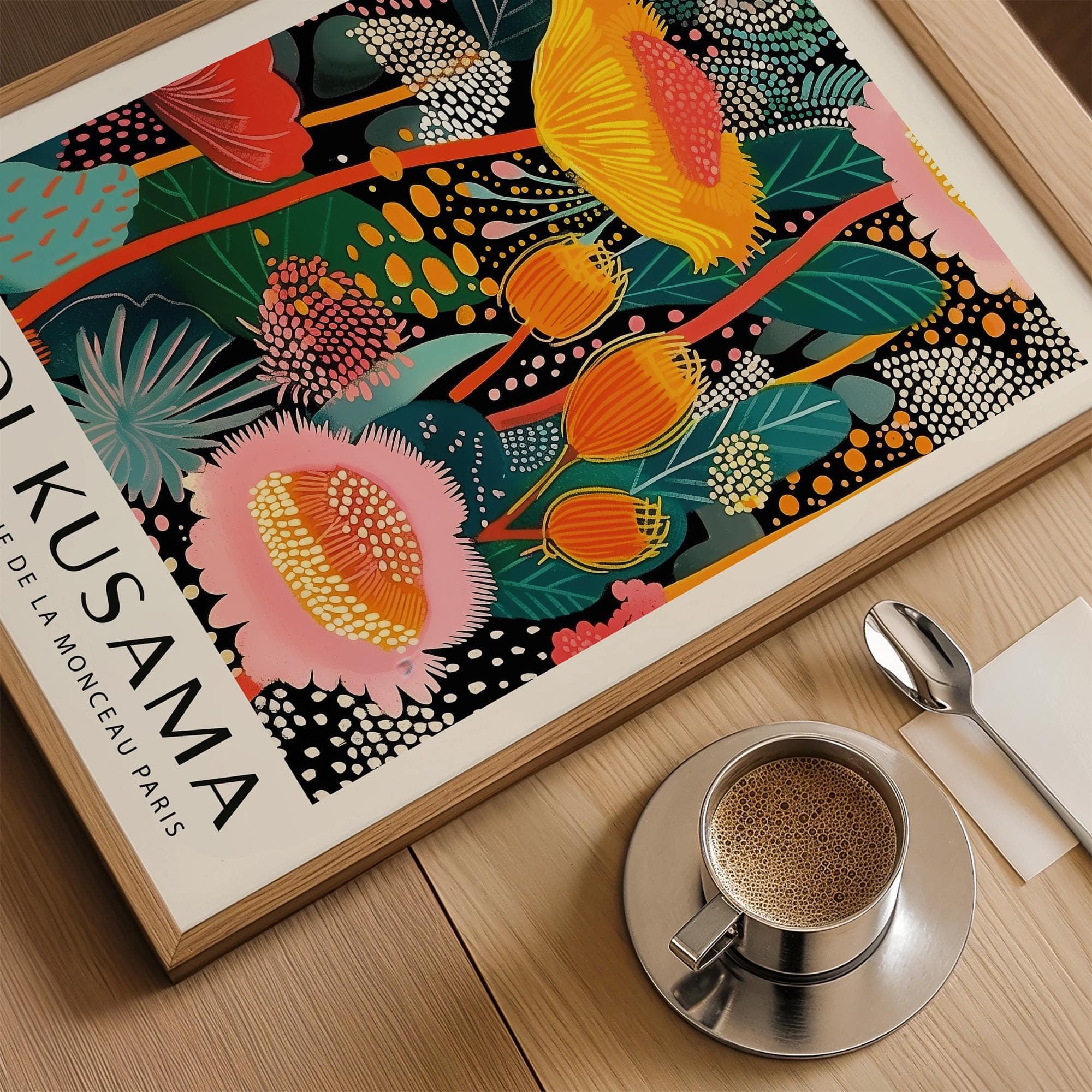What Is Japanese Wall Art? A Beginner’s Guide
Japanese wall art is more than just decor—it’s a reflection of centuries-old craftsmanship, cultural identity, and visual storytelling. For those new to it, understanding the range of styles and meanings behind each piece can turn a casual interest into a deeper appreciation.
Traditional Roots That Still Inspire
From detailed woodblock prints to painted silk panels, traditional Japanese art has influenced design around the world. Pieces like ukiyo-e prints depict everyday life, landscapes, and kabuki actors, offering insight into Japan’s Edo period. Many Japanese art prints still draw on these styles today, whether in muted ink brushwork or stylized natural elements.
Modern Takes on a Classic Aesthetic
In recent years, Japanese wall art has expanded into canvas prints, abstract interpretations, and framed minimalist works. These pieces maintain the sense of balance and simplicity found in older styles, but adapt to today’s interior design needs. Whether you're decorating a quiet nook or your entire home, there's a piece that fits.
Popular Materials and Formats
You’ll often find Japanese wall art printed on canvas, handmade paper, or wood panels. Some people prefer scroll formats, while others go for modern framed versions. Canvas prints and poster-style art are especially popular for their ease of hanging and clean appearance.
Best Places to Display Japanese Wall Art
This type of art works well in calm, neutral spaces—like the bedroom or entryway—but it can also add character to more active areas such as the living room. For example, a subtle ink wash piece can pair well with soft textiles or natural woods. You can explore more living room wall art for similar inspiration.
How to Start Your Collection
There’s no need to rush into a full gallery wall. Start with one piece that speaks to you—maybe a nature print or a serene landscape. Then build around it, choosing pieces that share a color palette or visual rhythm. Keep spacing in mind, and allow each work to breathe.
Final Thoughts
Japanese wall art offers a peaceful balance of beauty and meaning. Whether you’re drawn to the history behind it or just love the aesthetic, there’s no wrong way to start. As long as your choices feel honest and intentional, you’re on the right path.











































